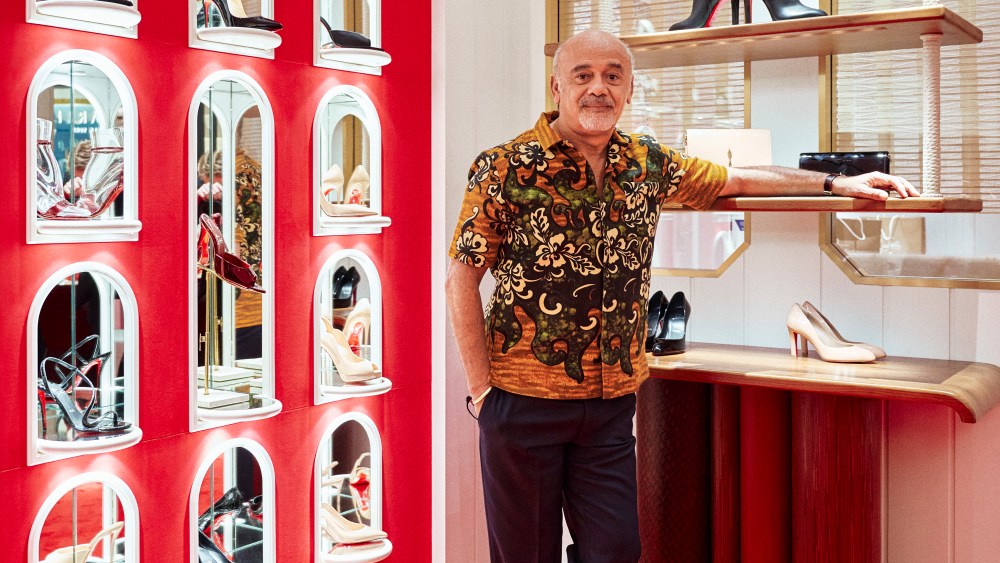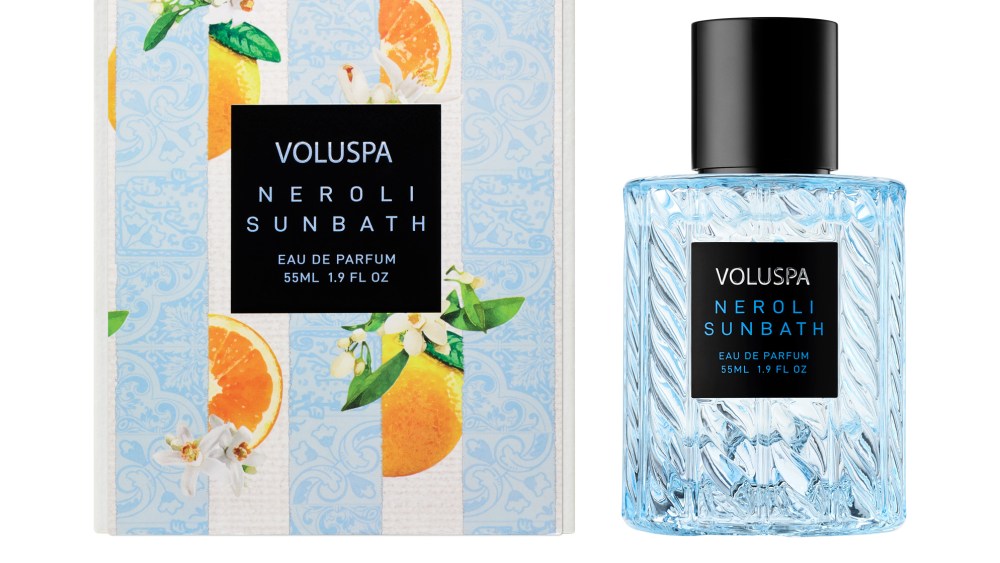ABU DHABI, United Arab Emirates — Christian Louboutin is deepening his commitment to the Middle East with the relaunch of his flagship at The Galleria on Al Maryah Island, offering clients an exclusive first look at his Hollywood collection two weeks before its global debut.
The timing is symbolic. As the designer visited his newly redesigned boutique last week, he reflected on what draws him to this rapidly evolving city. “I’ve been traveling all my life, and I always had in the back of my mind the possibility to see an emerging thing coming out of nowhere, almost just popping up,” Louboutin said. “I never had this feeling until I came to Abu Dhabi.”
For Louboutin, Abu Dhabi represents something rare — the ability to witness the emergence of a new cultural center in real time. The emirate’s Saadiyat Cultural District is home to the Louvre Abu Dhabi and will soon house the Guggenheim Abu Dhabi, the Natural History Museum Abu Dhabi, and the Zayed National Museum. Swimming in the sea last week with the skeleton of the future Guggenheim Museum visible through the morning mist, he experienced what he calls “the blossoming, the beginning of a blossoming of a civilization.”
You May Also Like
The boutique relaunch coincides with Abu Dhabi receiving the first preview of Louboutin’s Hollywood collection, a capsule dedicated to the entertainment industry and those moments when “you have to stand up, be photographed, be looking good.
“I am in Abu Dhabi and we just redid the store,” Louboutin said in an interview. “So I thought when you arrive with a new store, I should arrive with a part of the collection that you’re not going to see anywhere else.”
The collection is available exclusively at the Abu Dhabi flagship two weeks before rolling out globally.

The redesigned boutique, which has been dubbed “Le Voilier sur le Nil,” the Sailboat on the Nile, reflects Louboutin’s deep connection to Egyptian aesthetics and the region’s waterways. The store’s design emphasizes natural wood, solar elements, and textures that evoke the experience of looking at water from a traditional dahabeah sailing boat.
The boutique’s location on Al Maryah Island is an easy source of inspiration. “It made sense to have a connection with water. It needs to be solar, more wood. It’s almost like if you are looking at the river or the sea from a boat.”
This isn’t mere decorative inspiration. Louboutin owns a dahabeah in Egypt and has cultivated his relationship with the region for decades. His connection runs deeper than most imagine: Eleven years ago, he discovered his biological father was Egyptian, recontextualizing a lifelong fascination that began with his first trip to Egypt at 16.
The designer is quick to distinguish between cultural appropriation and what he calls “cultural fascination” — a philosophy informing his design work and global artisanship collaborations from Ghana to Bhutan to Mexico.
“Being inspired is natural when you create,” he said. “From the last 6,000 years, cultures have crossed and brought things from one to another. Trade has been able to process the fact that people communicate. It’s not cultural appropriation. It’s cultural fascination. If there is a problem, it’s when people are doing a copy and not crediting what inspiration is coming from.”
Louboutin’s presence extended beyond his boutique. In partnership with Abu Dhabi Retail, he hosted an event during the Nomad Art Fair, with his “red club” popping up at the Louvre Abu Dhabi.
He sees Abu Dhabi’s cultural investment as historic. He reflected on visits over a decade ago to Abu Dhabi where he encountered large-scale models of planned museums. “Now, seeing it in real, we have, for almost the first time, the true, strong feeling of an emergence of a new culture and civilization. That’s one thing that when you’re a kid, you want to experience one time in your life.”
Louboutin’s Middle East commitment extends to preservation. For a decade, he has served as main patron of an archaeological site near his Luxor home, the Colossi of Memnon and Amenhotep III Temple. Under his patronage, teams have uncovered nearly 300 statues of the goddess Sekhmet and erected additional colossi.
“Everything which is patrimonial is so important,” he said. “We all come from somewhere. A lot of civilizations who are now sleeping or gone have been so important in instructing who we are. The traces of the past are really important to keep.”
This work earned him recognition from the World Monuments Fund.
The designer plans to return to Abu Dhabi during a school break to share the experience with his 10-year-old daughters. “I really want them to experience the emergence of a culture, so when they come back as adults, they will have seen the beginning,” he said.



